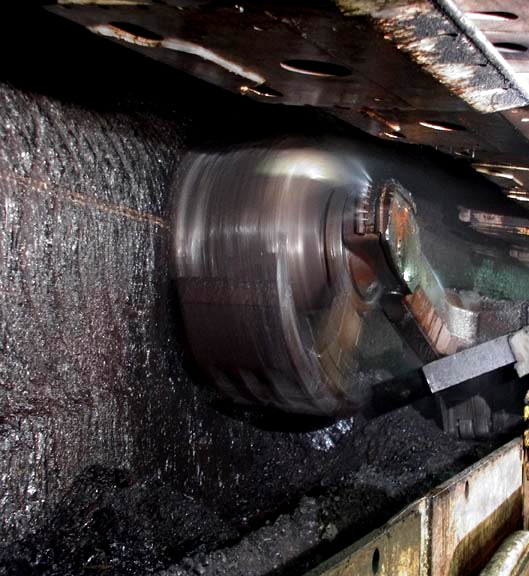Drill injury details say risks were known
 Poor risk management has been blamed for an accident that left a 26-year old drill rig operator in a wheelchair.
Poor risk management has been blamed for an accident that left a 26-year old drill rig operator in a wheelchair.
The worker was employed by Silver City Drilling at Ashton Coal mine in 2012. As part of the company’s contract, it was to drill two large diameter surface to seam boreholes for water from longwall operations.
The driller was operating an air rotary hammer drill on August 12, when a ‘large pressure event’ within the borehole occurred. It pushed the rig’s surface casing out of the ground and into contact with the bottom of the drill.
This broke the 5-metre-long air discharge line free from its restraints. The steel pipe travelled upwards and hit the driller’s platform. The force lifted the up the platform and slammed it back down, but the driller came down with his neck across the platform rail guard.
He suffered multiple injuries, including a break in the spinal column at two vertebra sites, a severed artery and severe lacerations on his head.
The man injuries will permanently incapacitate him.
An investigation has now been undertaken by the NSW Department of Trade, which found that discussions had been held the same day about the level of water in the borehole, which had been the source of drilling delays as water was pumped from the bore in days prior.
The report says there were suggestions to change the drilling method to rotary mud, but they had not been put in place.
The weighted, water-based rotary mud rig was considered a safer method of drilling than compressed air. Tragically, despite the concerns, the rotary air hammer drilling method was kept in place and resulted in the incident.
Other contributing factors identified in the report include; insufficient installation depth of the conductor; excessive water in the borehole; poor layout of the air discharge line and drill pad, such that the line passed under the drill platform; failure to use the mud drilling alternative; poor risk management processes in planning and response to growing risks.
Investigators found the air discharge line had been modified to redirect waste water and tailings into an excavated dam. This was done by attaching a 90-degree elbow joint and taping a spade to the end of the discharge pipe to direct the flow downwards.
This modification forced the pressure upwards rather than backwards, resulting in the pipe striking the driller’s platform.







 Print
Print